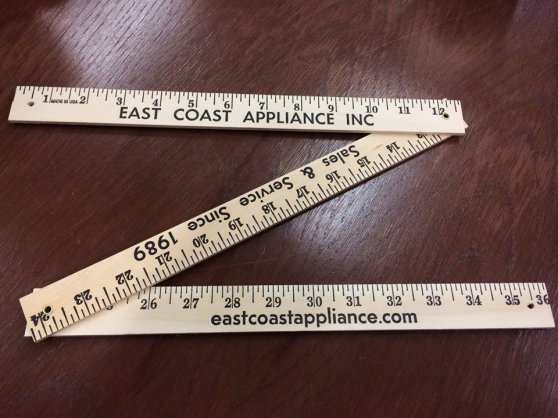Three Critical Measurements to Take Before Buying Appliances
If there is one type of purchasing approach that results in more appliance returns than any other, spontaneous shopping has to be at or near the top of the list. While the return of appliances after this type of shopping spree can be motivated by a number of factors, the leading cause is that the newly purchased products are of a size that makes their installation impossible, expensive, or ill advised. If you are in the decision stage of the appliance purchasing process, the first thing to remember is that buying on impulse can be a hit or miss drill with the misses unnecessarily consuming time, effort, and money.
To avoid these issues, be sure to include these three critical measurements on each appliance before making your final decision:
- The space where each appliance will be installed – Trying to “eyeball” or guesstimate the dimensions of the locations for each appliance may work, but it probably won’t. Even the smallest miss can either make the installation more expensive due to modifications of surrounding counters and cabinets or make the appliance look like a poor fit for the space.
- The appliances under consideration – Getting precise measurements on the appliances you want to buy is as important as measurements of the space they will occupy. When measuring both the space and the products, don’t forget to measure depth, as an appliance that extends beyond or is recessed back from surrounding counters/cabinets will look misplaced.
- Any tight areas on the path from the curb to the kitchen, laundry room, etc. – The fastest way to find out that an appliance isn’t going to fit is if the product can’t be delivered due to obstacles on the path, whether they are on the interior or exterior of the home. Obstacles that can prevent delivery include narrow walkways, doorways, and staircases, especially those with tight turns. Measuring these areas in advance can ensure that your new appliances can get where they are supposed to go while also speeding the installation if, for example, doors need to be taken off of their hinges to allow passage.
Spontaneous shopping can be full of temptations, so be sure to check your measurements before you head to the store and after you get the cut sheets from your salesperson.




